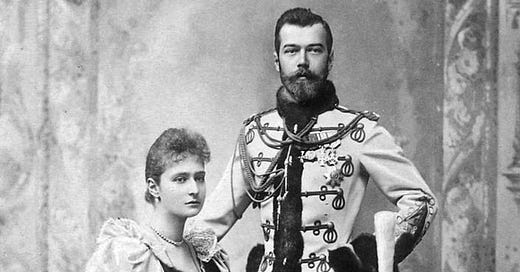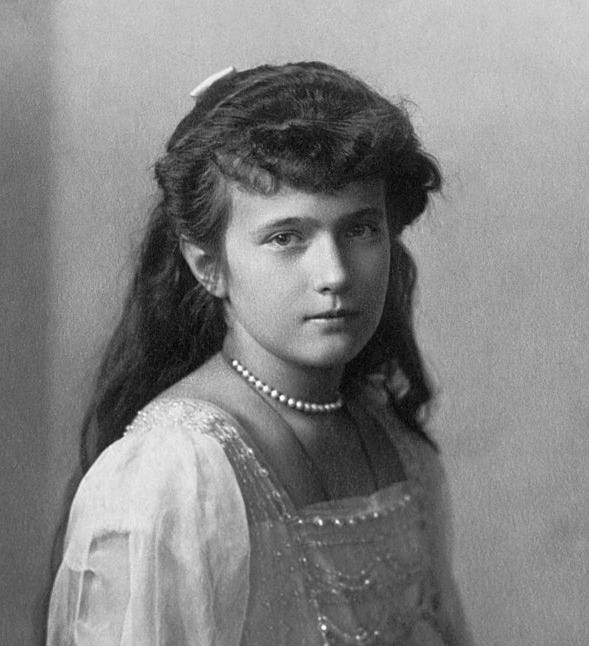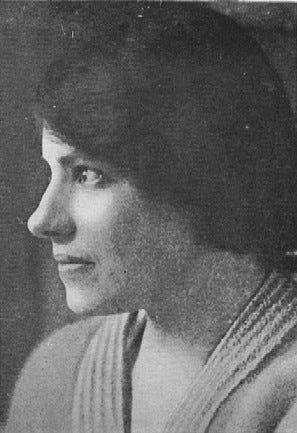Anastasia: From Screen to Historical Curiosity.
A Childhood Fascination with a Royal Mystery
In 1997, the animated film Anastasia premiered to great success. It wasn’t just a hit with audiences but also garnered critical acclaim, earning numerous award nominations, including an Oscar nod for Best Score, and Best Original Song for Journey to the Past.
I was ten years old and already a budding bookworm and cinephile, and I absolutely loved Anastasia. It was a story about real people, conspiracies, danger, and mystery, with songs that gave me chills.
The Musical and the Broadway Voice
Years later, Anastasia was adapted into a Broadway musical with some changes to the storyline—like the removal of Rasputin’s character, which, to me, was a mistake. But it kept the main songs from the movie and added a few new ones that weren’t bad at all. To this day, Christy Altomare’s performance of Journey to the Past—she was Broadway’s first Anastasia—moves me to tears.
My First “Research” on the Romanovs
Back then, the story captivated me. I had to know what really happened. My research tools were limited; I had restricted internet access and a small selection of publications… after all, I was only ten. But one day, I stumbled upon what I was looking for in the least expected place.
I went with my mom to a hair salon, and there was an extensive collection of ¡Hola! magazines—the kind that usually covers the latest news and gossip about European royalty. I picked one at random, and there it was, on the cover: The Story of the Romanov Family, complete with photos.
That’s where I first read about the marriage of Nicholas II and Queen Victoria’s granddaughter, Alix of Hesse. In a world of arranged marriages, theirs was a true love story. Their families were opposed to the union, but the two fought and eventually got married.
Soon they had children—four daughters. This created a lot of pressure, as a male heir was expected. Finally, in 1904, Alexei was born. Unfortunately, Alexei had hemophilia, a genetic disorder that prevents blood clotting, likely a result of the inbreeding within European royalty (they were all related, but that’s a topic for another post).
Managing hemophilia is difficult even today with all our medical advancements; in the early 20th century, it was much worse, even for a royal family. This made the Tsarina an easy target for Grigori Rasputin, a mystic who seemed to be the only one able to ease Alexei’s suffering and, by extension, that of his parents.
The Execution of the Romanovs and Its Impact on a Ten-Year-Old Girl
I’m not going to delve into the Russian Revolution, as that would be too large a digression for this post, given the scope and complexity of that chapter in history. But that period ended tragically for the Romanov family, who were executed in a basement during their captivity in Ekaterinburg.
At that moment, I closed the magazine, horrified. As horrified as a ten-year-old could be—someone who just wanted to know the “historical gossip” and ended up learning about a massacre.
The Legend of Anastasia: Why Her?
Then I went back to the storyline of the movie and thought, “But Anastasia escaped, right?” In reality, it was a widely spread legend. I always wondered: why her and not Olga, Tatiana, or Maria? The answer, perhaps, lies in the fact that, as the youngest, there was some comfort in imagining that a seventeen-year-old girl had escaped such a tragic fate.
The question lingered. The Dowager Empress Maria Feodorovna, Nicholas’s mother, remained in understandable denial and even hired an investigator, Nikolai Sokolov. However, he was never allowed to deliver his findings to the Tsar’s mother to spare her the brutal details, and until her death, she clung to the hope that perhaps her family had escaped.
The Impostor Who Fed the Legend
And indeed, as the movie shows, impostors emerged claiming to be Anastasia. The most famous of them was Anna Anderson, who managed to convince some people, further fueling the legend. However, members of the royal family who had known Anastasia and later met Anna confirmed that she was not the real Anastasia.
This didn’t stop the impostor from maintaining her story. In fact, she even launched legal proceedings to reclaim her “true” identity, but in 1967, a Hamburg court ruled against her, as no evidence supported her claim to be Anastasia. Today we know the truth: when DNA testing entered the picture, it confirmed beyond all doubt that Anna was not Anastasia.
The End of the Legend
The legend of Grand Duchess Anastasia was definitively laid to rest in 2007, when remains were found in Ekaterinburg, and DNA testing identified the entire Romanov family, finally putting an end to decades of speculation and conspiracy theories.
As an adult, having closure to this story—however tragic—is important to me. But as a ten-year-old, I clung to the movie’s ending, where Anastasia ran off with Dimitri to live an ordinary life in Paris.
Sometimes, a story takes us on a journey to discover new worlds and connect with the people who once left their mark on this one. What story has inspired you?
Next week: a character who deserves his own post—Grigori Rasputin.







Fer! Me encanta que tu niña curiosa siga viviendo contigo :) Adicta a tus historias y manera de ver el mundo desde chiquita ❤️